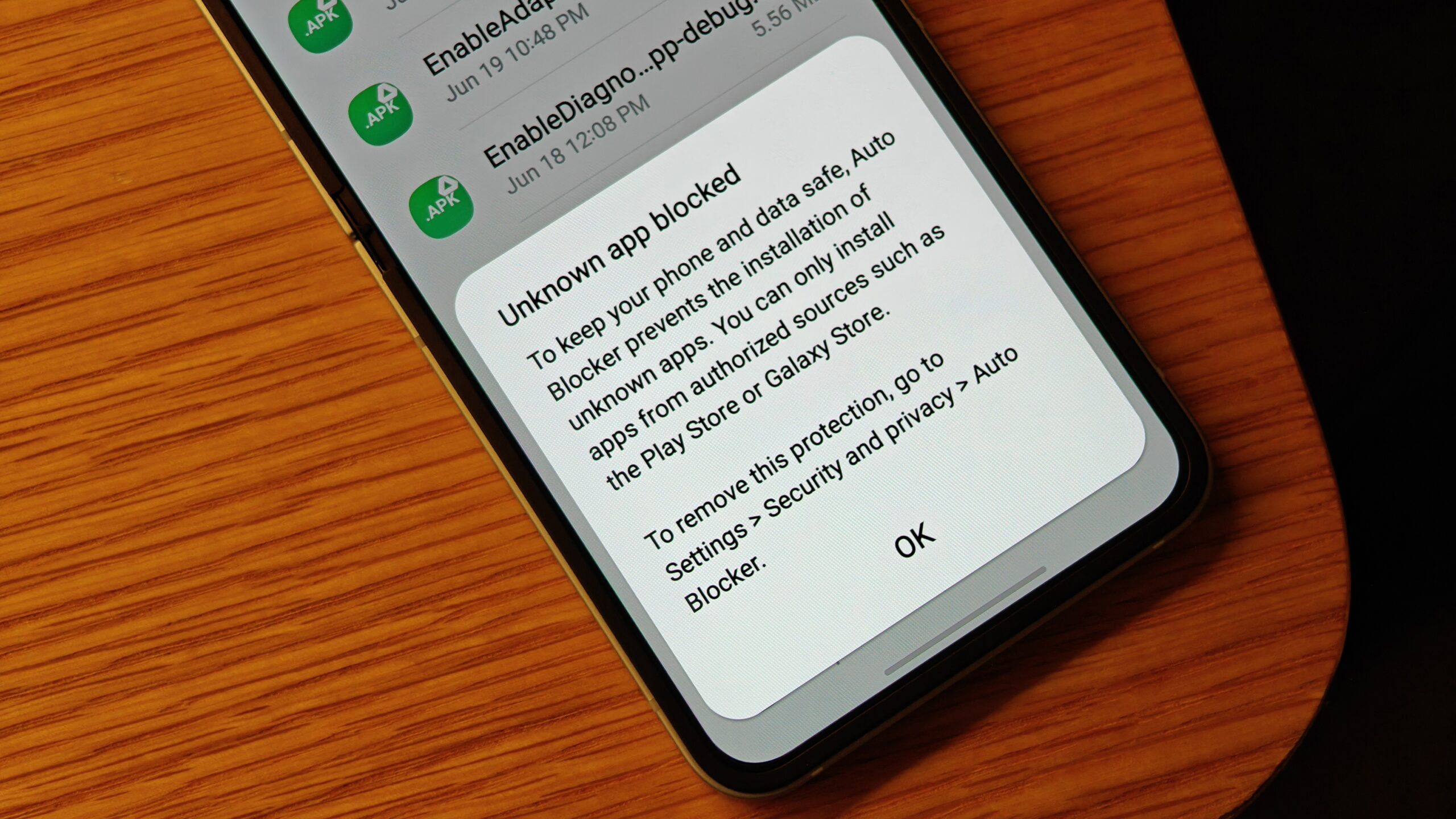I really hate the term “side-loading.” We shouldn’t need a word for the normal way we’ve been installing apps for the past 40 years. If tomorrow Apple decided they were going to start only letting you visit web pages they approved of, we wouldn’t call some sort of alternating system that let you see the rest of the fucking internet “side-paging”. We’d instead call the whole thing bullshit.
Until some time ago, I always though that “side-loading” is something different. Since I first saw “side-loading” used in ADB, so I thought that it means using another system on the side to load and install software onto a target system.
So to me that seems fitting, but now it seems to be used differently. How is installing software using just one device “side-loading”. What side do they mean?
I’ve always took side-loading to mean installing from local storage, as opposed to downloading from remote storage. As far as I’m concerned downloading from a third party app store should not be treated as side-loading.
But to install from local storage, you first download or fetch a storage medium from a remote location with the file on it. There isn’t that much of a difference IMO.
I would not call it side-loading when I download a file and then install it on the same device. Because that is how it has always worked. I never before heard people describing downloading and executing a setup.exe as “side-loading”.
Fair points. I was mostly thinking of situations like downloading using a separate device, writing to a usb drive or SD card and installing via that. Downloading an installer and using it is just downloading without using an app store.
All Android phones block side loading by default, do they not?
wasn’t it always blocked by default? Google’s always given a scare alert on sideloading apps, is this just an additional popup or is it replacing the stock one. Seems rather pointless if a setting and a waste of developer’s resources if you ask me.
My phone randomly started quarantining basically every app that wasn’t from the play store after my last update, annoying as hell.
That is super obnoxious, but I don’t think it was supposed to do that judging by the article it’s supposed to keep your existing settings it wasn’t supposed to be forced on
I was prompted during the initial set up of my Fold 6 (Singapore SKU) on whether I wanted to enable it or not though and the option was disabled by default. So something doesn’t seem right here or maybe this is an American SKU only thing?
What’s the problem? you can disable it, and, for example, I don’t want my 80 yr old mother sideloading stuff. It’s not like Apple where you just CAN’T do stuff.
deleted by creator
See, this is another thing broken in the current web. I made a usercss (Stylus) to normalize font size for certain elements and it works reasonably well. But on this site, it looks like this.

Anyone has a guess why, something with viewport or other meta tags?
Edit: fixed, they use a custom font with weird size settings. Looks like this now (with my normalize usercss).

Maybe a fixed line-height?
But my usercss enforces font-size: medium for <p> elements but this looks more like x-large. And it works well for 99% of pages.
Font-size and line-height are different properties







